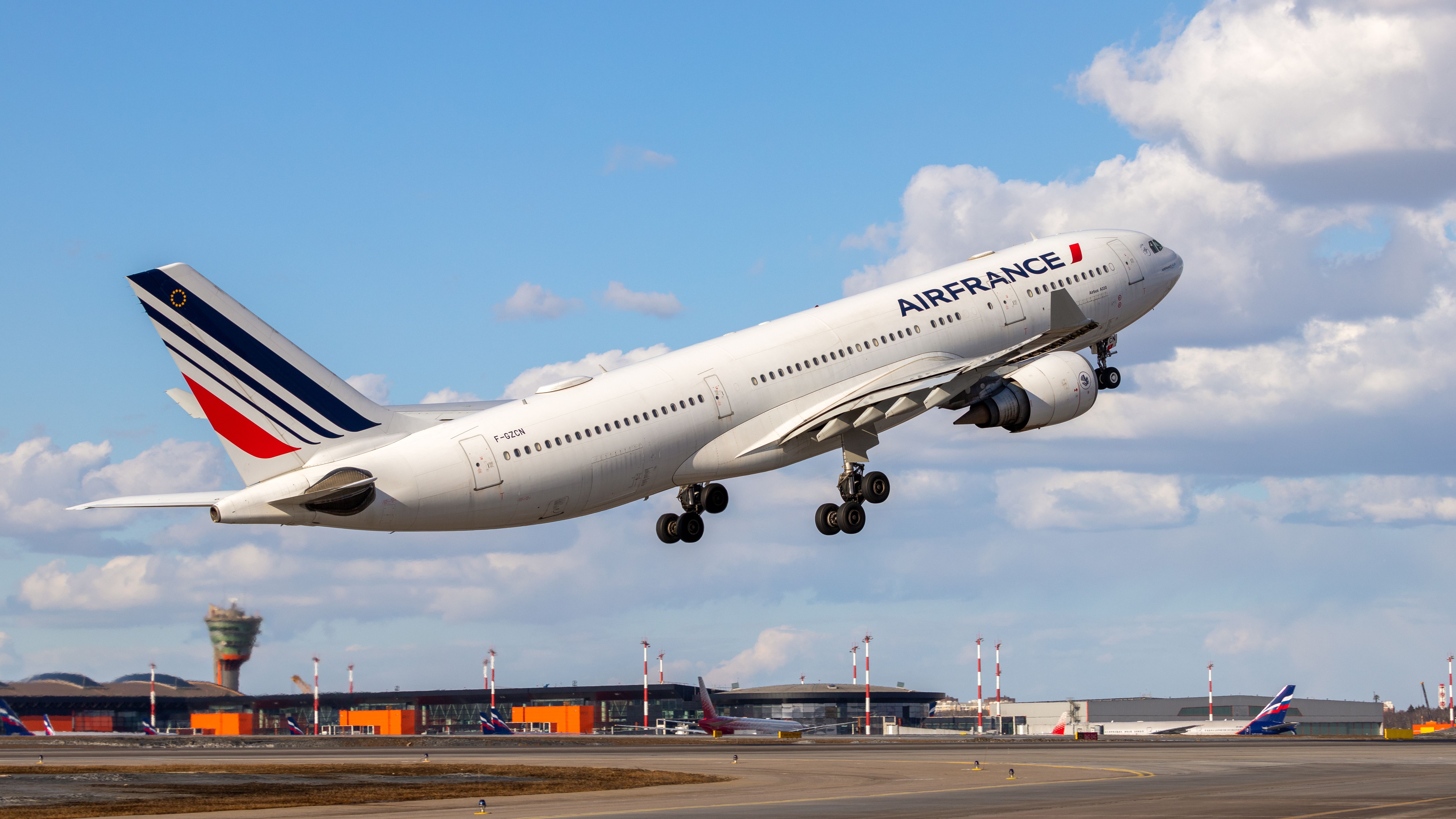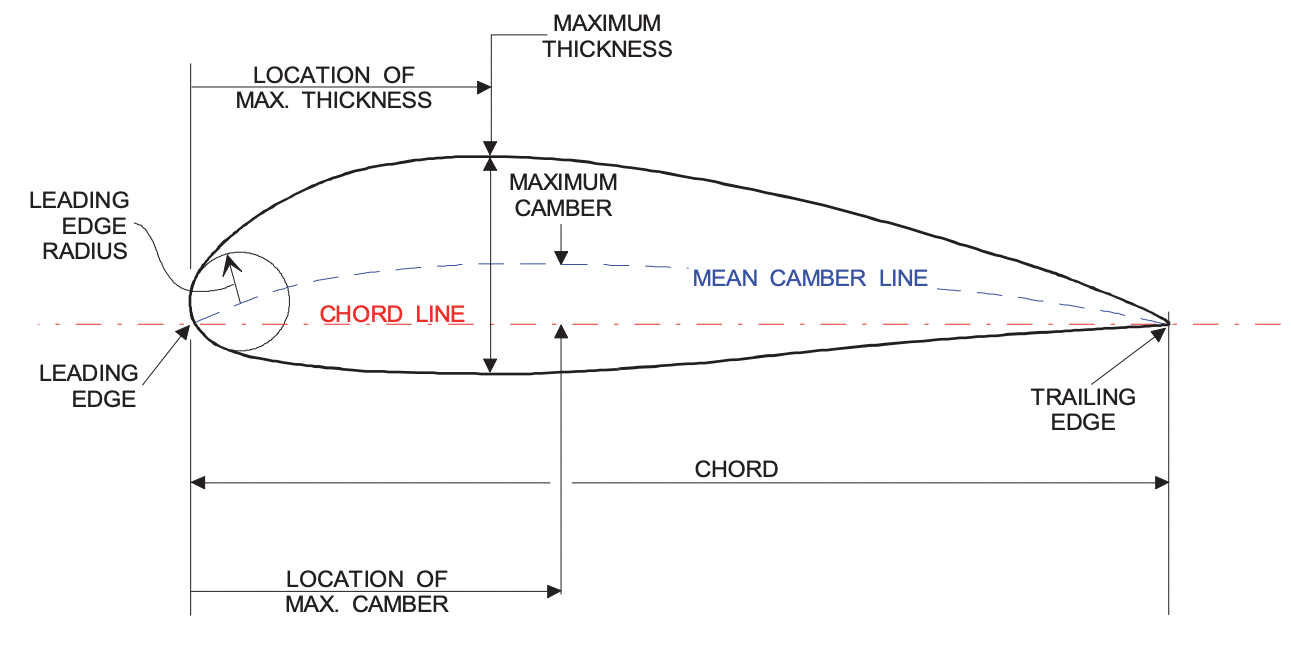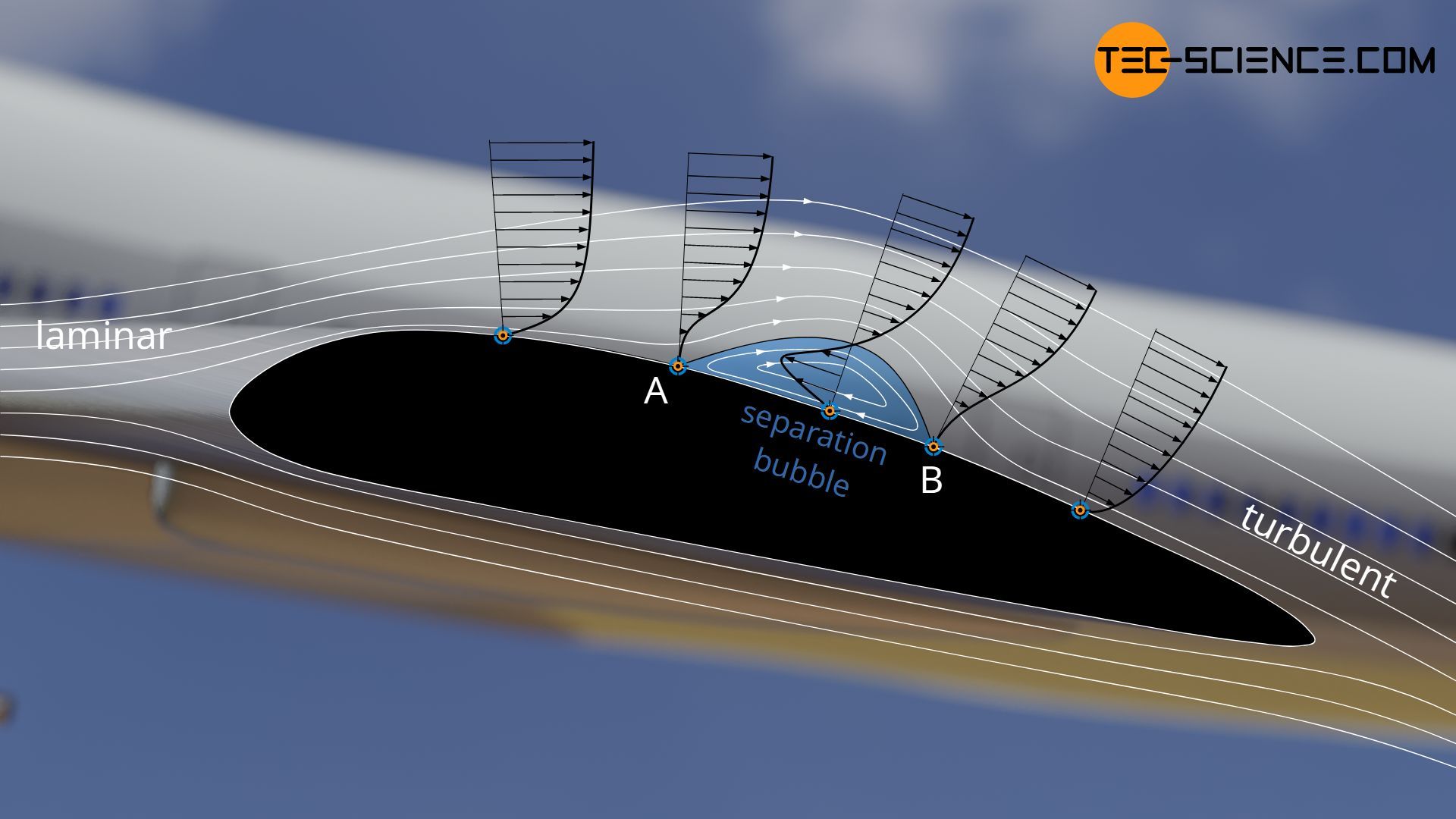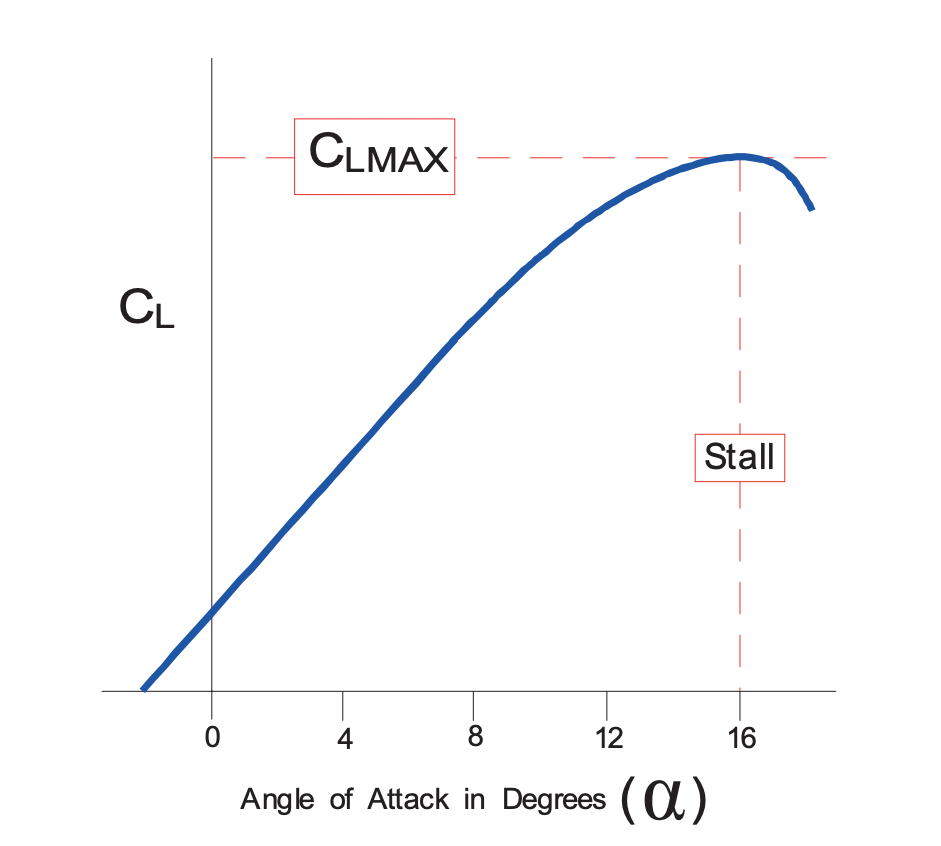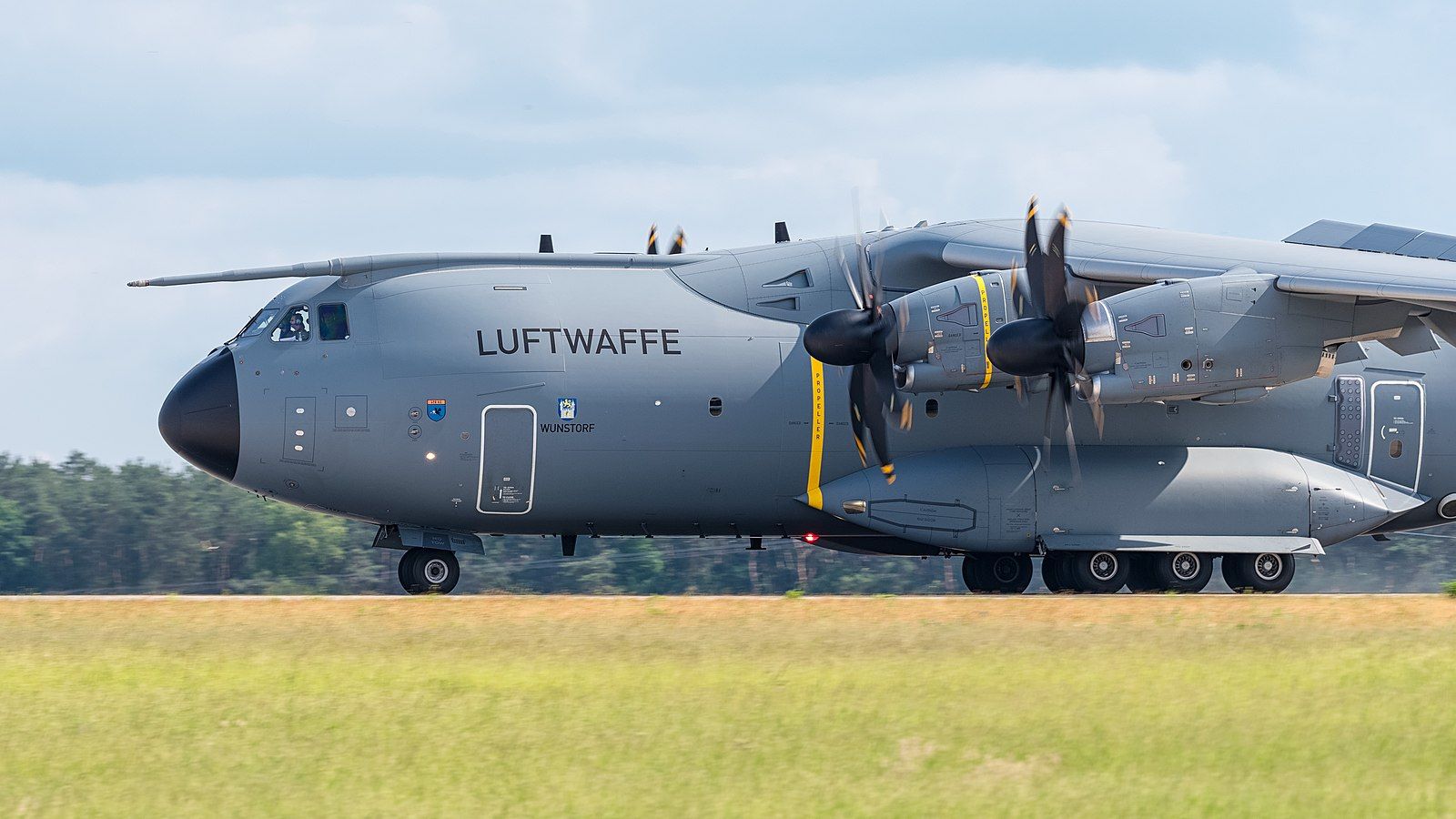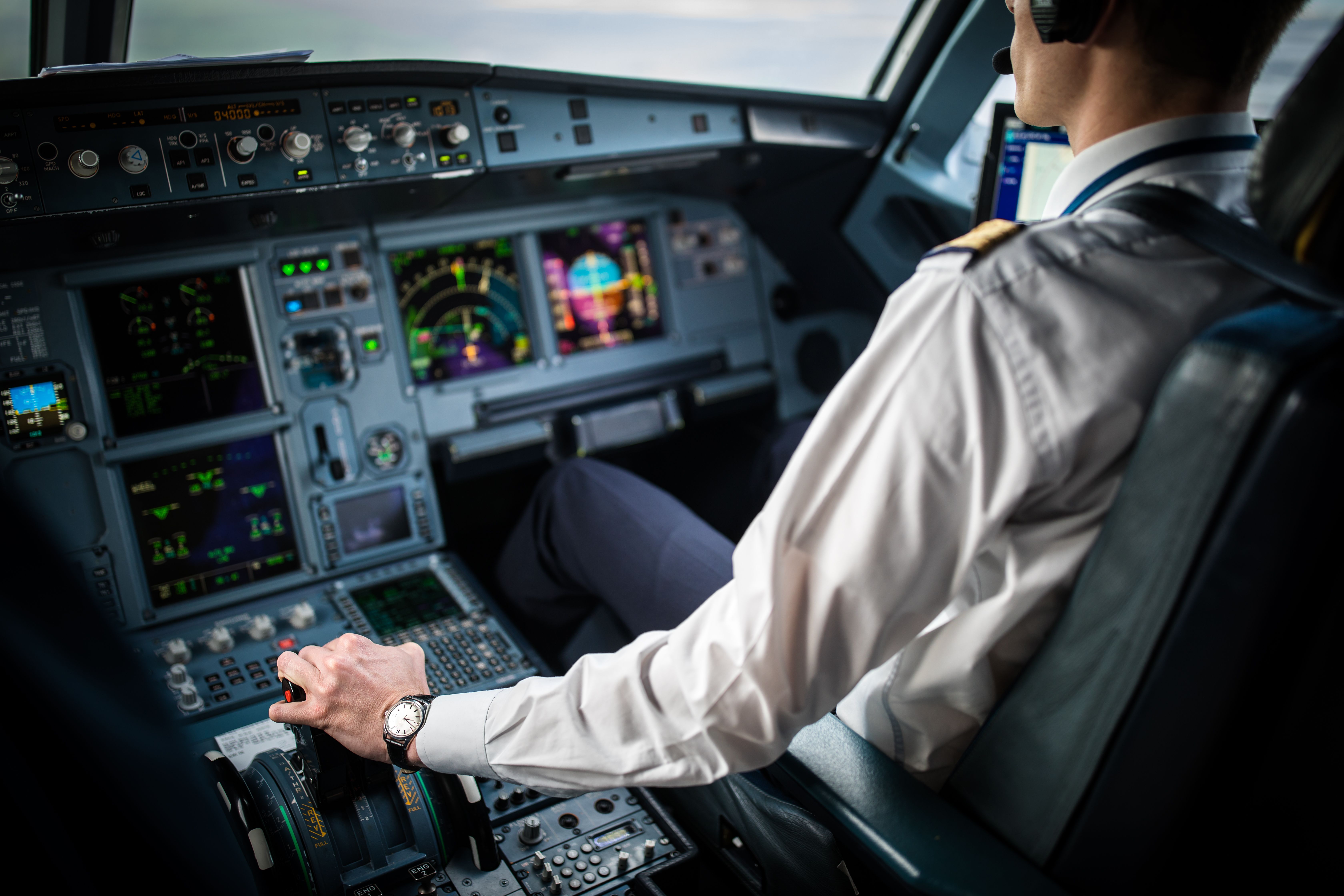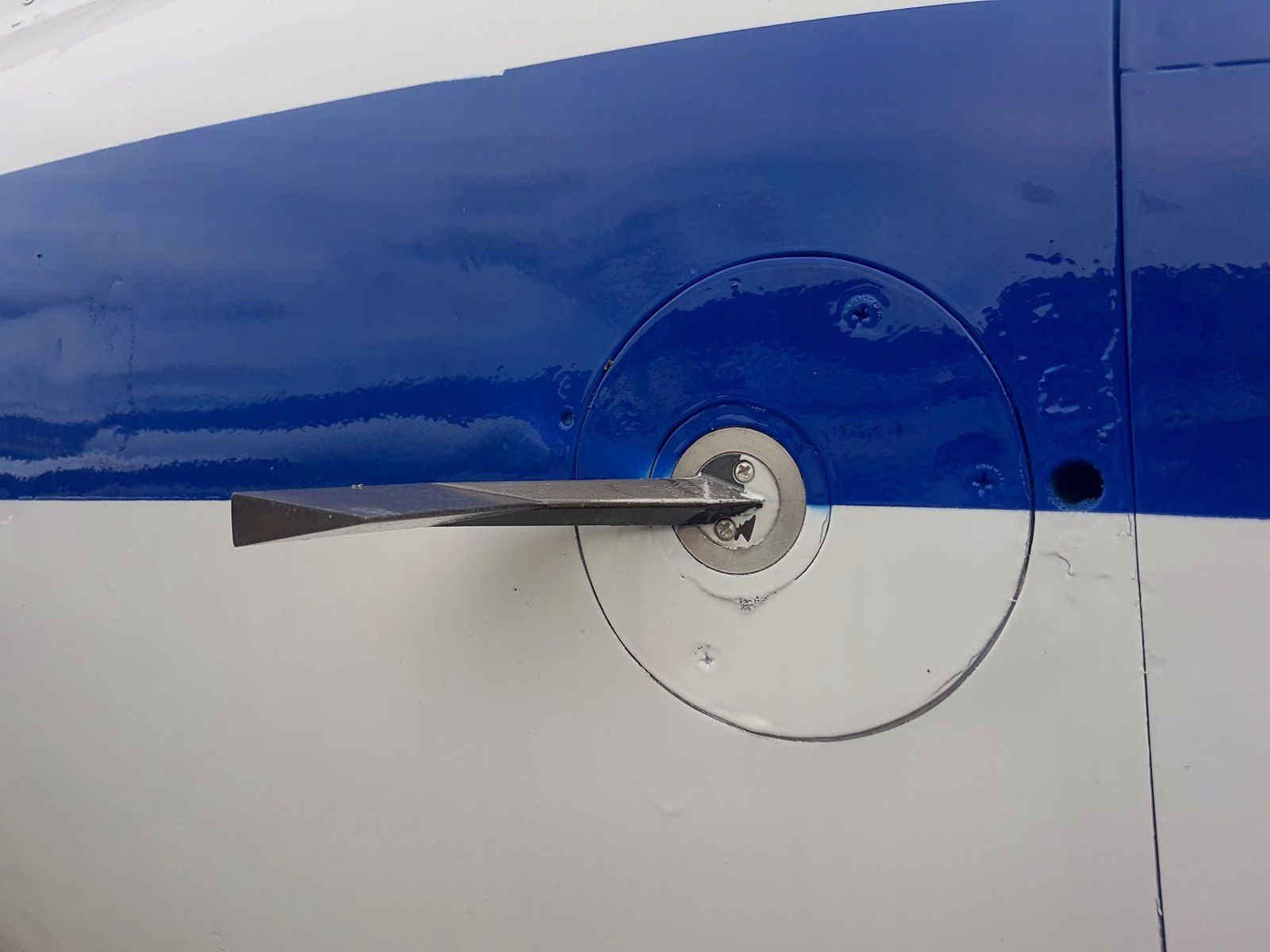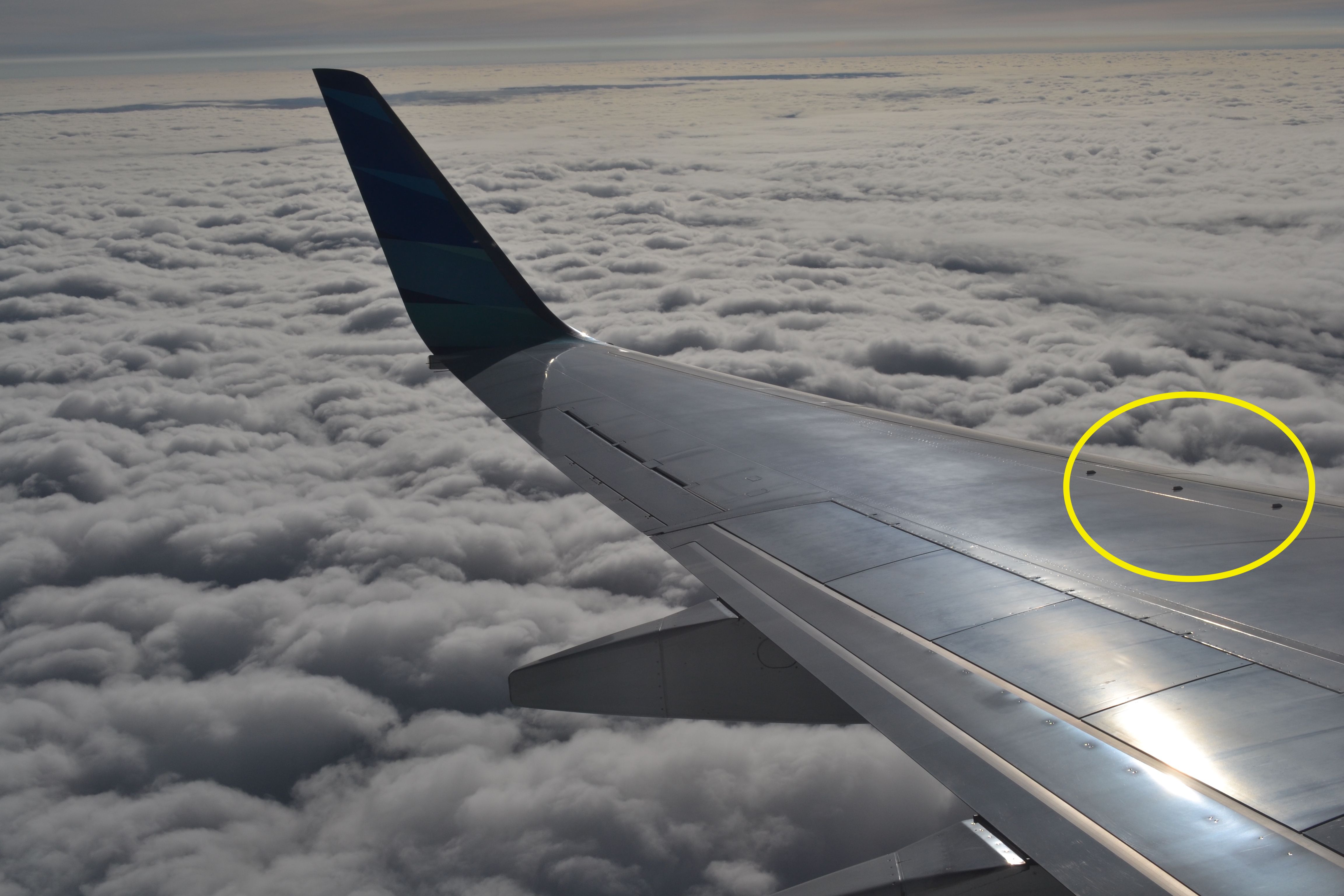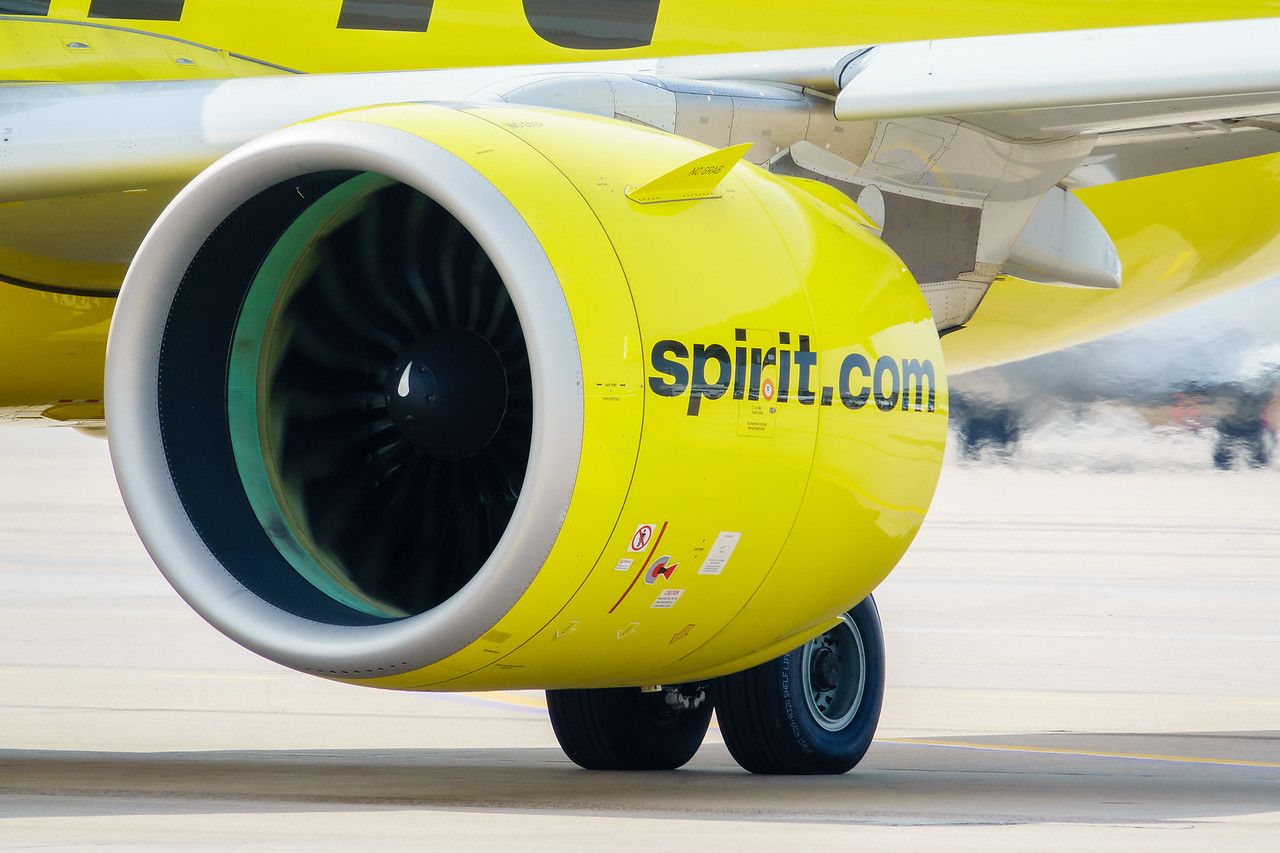On June 1, 2009, Air France Flight 447 was en route from Rio de Janeiro to Paris when it disappeared off the radar over the Atlantic during a storm. According to the French investigation report, the speed sensors, also known as pitot tubes, of the Airbus A330 iced up, resulting in faulty readings and the autopilot switching off.
The Bureau d'Enquêtes et d'Analyses (BEA) said that while the pilot's could have saved the plane, but instead, they did the opposite of what would have been required, pulling the plane up to a point at which it stalled. Air France and Airbus recently escaped from prosecution for manslaughter in relation to the crash. No matter who was to blame, there is no denying the tragedy of one of the worst air disasters in modern history. But what exactly is a stall, and what causes it?
A stall is a condition where the aircraft loses altitude and control. It is one of the most misunderstood phenomena. Many believe that a stall is caused by a loss of speed, but this is incorrect. The speed of the aircraft has nothing to do with a stall. Technically, you could stall an aircraft at any speed. Let's take a closer look at the factors involved.
Understanding the airfoil, boundary layer, and angle of attack
The wings on an aircraft are essentially airfoils. An airfoil can produce lift with great efficiency. The starting point of an airfoil is known as the leading edge, and the end of it is known as the trailing edge. It has a shape of a teardrop and has an area of maximum thickness where the lift is mostly concentrated at. It also has a chord line, which is essentially a straight line joining the leading edge and the trailing edge.
As air flows over an airfoil, the particles in contact with the airfoil are taken with it and have a velocity of zero. The adjacent particles accelerate to free stream velocity in an increasing magnitude as they move away from the airfoil. From the surface of the airfoil to the point where the viscosity of the air no longer affects the airflow is known as the boundary layer. To be able to generate lift, the wing or the airfoil needs an attached boundary layer.
As discussed earlier, the lift and, thus, the lowest pressure on an airfoil occurs at the region of maximum thickness. The airflow ahead of the thickness and behind the thickness generally experiences a greater pressure. It is important to understand that air likes to flow from a region of higher pressure to a region of lower pressure.
So, at the front of the airfoil, there exists a region of favorable pressure and directly behind it exists a region of unfavorable pressure. This unfavorable pressure is known as an adverse pressure gradient. As the air moves from the point of maximum thickness, the velocity of the airflow reduces, which also reduces the kinetic energy of the flow. This happens due to skin friction. Due to the reduced flow velocity, the adverse pressure gradient continues to rise.
The airflow cannot continue its path against a rising adverse pressure gradient. The adverse pressure gradient causes the slowest air particles (those closest to the airfoil) to stop moving, and at some point, the flow separates from the airfoil. This is called the separation point. Beyond this point, flow reversal occurs. This is the physics of a stall.
The angle between the relative airflow and the chord line of the airfoil is known as the angle of attack. As the angle of attack increases, the lift generated by the wing increases as the streamlines get closer together. The other effect of increased angle of attack is that it causes the region of the minimum pressure to move forward on the airfoil.
As a result, more of the wing is exposed to the adverse pressure gradient, and thus, with an increase in the angle of attack, the airfoil comes closer to a stall. The angle of attack at which the stall occurs is known as the critical angle of attack. This is the only factor that can result in a stall. Hence, a stall in an aircraft is an angle of attack problem.
Get the latest aviation news straight to your inbox: Sign up for our newsletters today.
What happens to an aircraft during a stall, and how do pilots recover
When the wing angle of attack is increased beyond the critical angle of attack, the aircraft enters a stall, where the wing no longer generates any lift. The behavior of an aircraft during a stall varies from aircraft to aircraft. But there are some common indications. One of the first indications of an impending stall is aerodynamic buffeting, meaning that the plane vibrates. This buffet is caused by the separated air hitting the tail of the aircraft.
The recovery from a stall is quite straightforward. All a pilot must do is push the nose down and roll the wings level if the aircraft is in a bank. This action reduces the angle of attack and reattaches the airflow over the wing. Once recovered, the aircraft can be pulled back from the nose-down attitude and power added to get back on the previous flight path.
One of the most difficult types of stalls to recover from is a high-altitude stall. At high altitudes, the air is thinner. So, once an aircraft enters a stall at these altitudes, it takes a lot of time to recover. The recovery is the same. Push the nose down until the air flow reattaches. However, due to very thin air, it can take a massive loss of altitude to finally get out of the stall. It can take about 10,000 to 12,000 ft to recover if an aircraft enters a stall, say at about 35,000 ft.
It is recommended to idle the engine thrust during the recovery, particularly in those aircraft with engines attached under the wings. As the thrust vector of these engines acts below the aircraft's center of gravity (CG), the addition of engine thrust may cause the angle of attack to increase, which can worsen the situation. As previously discussed, the Air France Flight 447 crashed after it entered a stall at a high altitude.
In some propeller aircraft, the use of engine power on stall recovery can be beneficial. This is because the prop wash causes airflow acceleration over the wing, and it sometimes helps to reattach the airflow back on the wings. The Airbus A400M has a 20 knot slower stall speed when stalled with its all 32,000 horsepower engines set on climb power.
Stall warning devices and stall recovery systems
Most modern transport aircraft are fitted with stall warning devices. The warning systems are designed such that an impending stall warning is given to the pilot before the aircraft enters a stall. The regulations say that such warnings should come 5 knots before the aircraft reaches its reference stall speed (Vsr).
One of the most common methods used to warn the pilots of an incoming stall is the stick shaker. The stick shaker shakes the controls of the pilot using a motor to grab the attention of the pilot.
The stick shaker works in liaison with a system that detects a stall. Many aircraft utilize an angle of attack vane, which is fixed to the fuselage. The vane part of it is free to float. As the air flows over the vane, it moves and records the angle of attack. This data is continuously sent to the stall warning computers. When the angle of attack exceeds the set threshold, the stick shaker is activated.
Airplanes are also sometimes fitted with stick pushers. The pusher system physically pushes the controls if the aircraft comes close to a stall.
How airplanes are designed to delay the stall
The delaying of a stall is important as it allows the manufacturers to build an aircraft that has better performance. It is not only important to delay the stall, but it is also important to design an aircraft with favorable stall characteristics.
One of the most dangerous types of stalls is known as a tip stall, where the wing tips stall before the root. Tip stalls can cause wing drops and reduce the effectiveness of ailerons, which helps to control roll. In straight wings, this is not a problem. However, most transports have either tapered or swept wings, which in their natural form, tend to stall at the tips.
To prevent tip stalls, some manufacturers attach the wings to the airframe such that the wing root is at a higher angle of incidence than the tip. This ensures that the root of the wing reaches a critical angle faster than the tip, promoting a root stall. One other way is to use a stall strip. The strip is a small airfoil (triangular) attached to the wing root. This encourages early flow separation at the root and forces the root to stall quicker than the tips.
To delay the stall, aircraft designers have come up with a lot of clever ideas. One of them is the use of vortex generators. These vortex generators are small blade-like structures that are attached to the wings. They generate vortices, causing a turbulent flow. As turbulent flow has more kinetic energy, this gives a fighting chance for the wing against the adverse pressure gradient, and with it, the airflow can remain attached to the wing for longer periods.
The use of engine strakes also delays stalls. The very large high bypass ratio engines used today sometimes affect the wings lifting capability. When strakes are fitted to the engine nacelle, the strake generates vortices and adds energy to the boundary layer at a high angle of attack, just like the vortex generators. This keeps the airflow attached to the wing and prevents entry into early stalls.
Other accidents caused by stalls
Another major tragedy caused by a stall occurred on December 28, 2014, when AirAsia QZ8501 carrying 162 people from Surabaya in Indonesia to Singapore crashed into the Java Sea shortly after climbing to avoid big storm clouds. A crack in a tiny electronic module caused repeated alerts to the pilots, who responded by resetting the system. As a result, the autopilot disengaged, and the Airbus A320 veered to the left.
The flight crew struggled to right the plane, which stalled and crashed. Investigations found that maintenance crew was aware of the problem, which had occurred no less than 23 times during the year, and resetting the system had been one method of addressing it.
On April 4, 1994, KLM Cityhopper Flight 433 crashed following the loss of control of the aircraft during a go-around during an emergency landing. The flight was operated by a Saab 340. The crash was attributed to pilot error through inadequate use of flight controls during unequal throttle go-around following a short circuit providing faulty oil pressure readings for one of the engines. It resulted in the death of three people, including the captain and two passengers.
In 2005, on August 16, a McDonnell Douglas MD-82 belonging to West Caribbean Airlines crashed following a stall, killing all 160 occupants. The plane was heading from Panama to Martinique when the aircraft's speed gradually decreased at 33,000 feet. This was due to the aircraft operating too high, given that the anti-icing system was on, utilizing bleed air from the engines and thus reducing the amount of thrust they can produce.
A bulletin explaining how to deal with the given situation had been shared with the airline by the manufacturer, but it never made its way to the pilots. Further errors compounded the direness of the situation, and the plane crashed on a cattle ranch in Venezuela.
Get the latest aviation news straight to your inbox: Sign up for our newsletters today.

